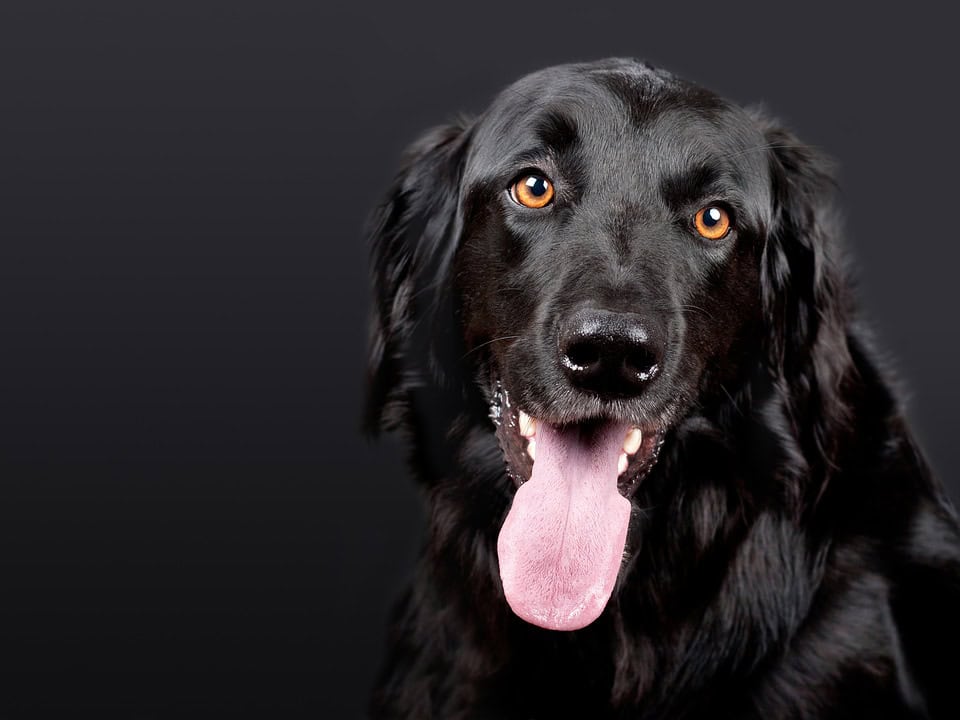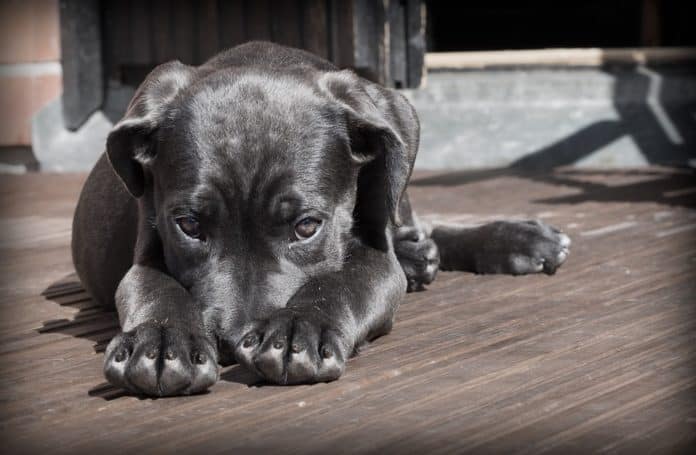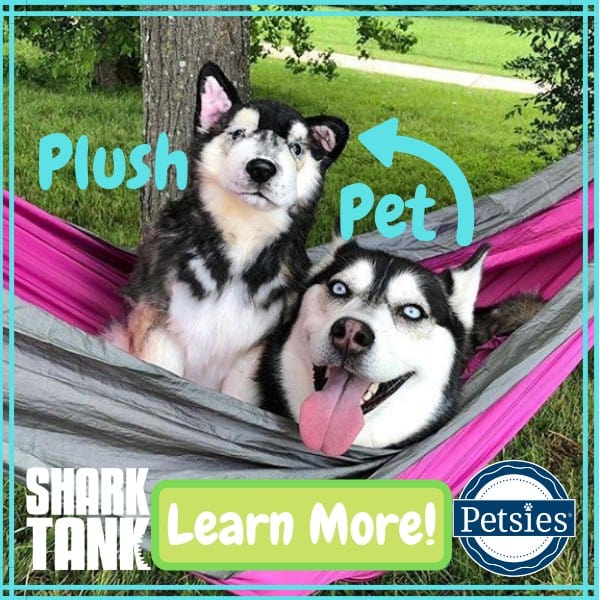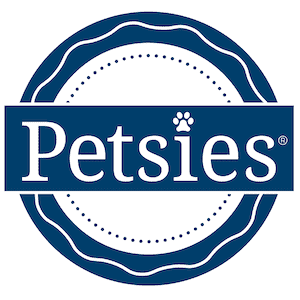Cancer is the leading cause of death in cats and dogs, so it’s important that you detect the symptoms early on. According to the National Canine Cancer Foundation, one in three dogs will develop cancer, regardless of the breed or age, so you should pay attention to any changes in your four-legged friend. If their eating habits have changed, they have mood swings, lose weight or don’t want to exercise and run as usual, it means that your furry friend needs to see a vet for a check-up, immediately.
What is cancer?
Cancer is a disease where cells start growing rapidly and uncontrollably, thus invading the surrounding tissue. If they spread over the entire tissue and affect vital organs or bones, then the cancer is in its final stage, and it has metastasized. Cancer takes many forms in dogs, as it does in humans, and it can be either localized or generalized. If it is localized, then the disease is found merely in one area of the body, while generalized means that the disease has spread throughout the body. The single cause of cancer remains unfamiliar, but we do know that the environmental factors and heredity have a lot of influence on its development.

Symptoms
Considering that cancer can grow in any part of the body, the symptoms tend to vary. What’s more, many signs of cancer can also indicate some other type of disease, so it’s vital that a vet examines the dog. Loss of appetite, limping, weakness, weight loss, and difficulty breathing may indicate oral cancer, bone cancer or lung cancer. If the dog has trouble going to the bathroom or you’ve noticed a fast-growing lump, be sure to take the dog to a vet. Bad breath, sores that don’t go away as well as rapid and strange swelling can also indicate that your pet is suffering from some sort of cancer. Pay attention to abnormal odors, too, because they may be a sign of mouth, nose, or anal cancer.

Prevention
Not all cancers can be prevented, but you can certainly do a few things that can lower the risk of your dog developing a cancer. It’s essential that a dog eats healthy and nutritious food, and is fed regularly. With Royal Canin dog food, your furry friend will get all the vitamins and proteins it needs and enjoy their meal. Give your dog enough beta carotene, lycopene, and mineral selenium, as well as vitamins A, C, and E. With plenty of exercise and healthy nutrition, the risk of cancer will be significantly reduced.

Treatment
Considering there are many types of cancer, the treatments also vary according to the disease. If you’ve discovered a lump on your dog, it can be treated with a surgery, as long as it hasn’t spread to other parts of the body. However, the place of the cancer determines whether a surgery will be the best cure or not. Aside from surgery, chemotherapy and radiotherapy may also be effective in curing canine cancer. Photodynamic therapy or immunotherapy is the new form of treatment proved to be quite efficient as well. Chemotherapy, however, tends to have certain side effects as diarrhoea, vomiting and a period of reduced appetite.
Every third dog tends to develop some sort of cancer, so it’s essential that you monitor your four-legged friend’s behavior. Pay attention to sudden mood swings, skin changes, loss of appetite as well as to any difficulties during eating, breathing or barking. In case you notice anything strange in your dog’s behavior, you better take it to a vet to check if it suffers from cancer. The sooner you discover it, the higher the chances for recovery will be.




